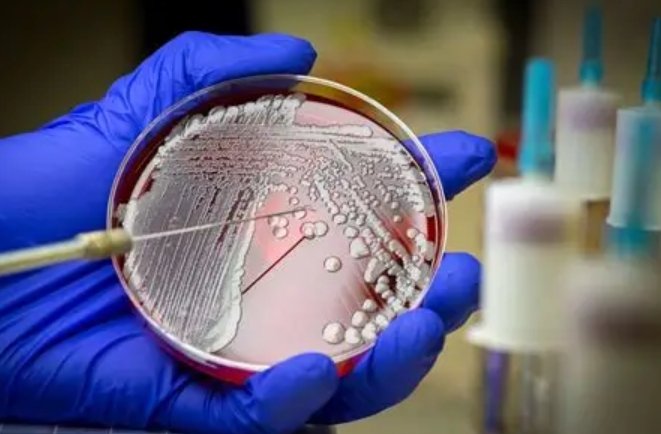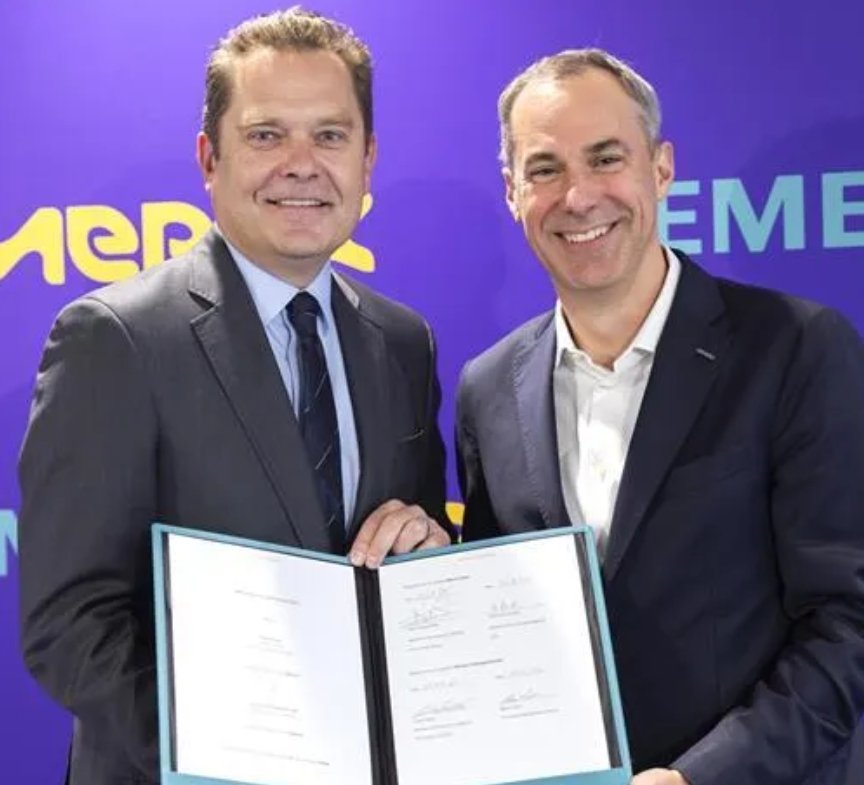
The debate still continues - Where is India lacking on the regulatory front?
India's growing ability to innovate and provide efficient and cost-effective solutions to various bioscience problems plaguing the nation and the world, has contributed to the success and resilience of the Indian life science sector, especially in the manufacturing and service segments.
In spite of heavy odds of juggling between doing innovative R&D and delivering affordability and admist scarce monetary resources and stiff competition among domestic players, the last decade witnessed a spectacular growth of 24.18 percent in the life science sector.
While the Indian bioscience sector needs to build on its current manufacturing and service strengths, it is ineveitable that the cost advantage offered by the country will not last long. Thus, it is time for India to take a deep plunge into the realm of innovation by strenghtheing its R&D initiatives and processes. However, this is easier said than done as, in doing so, several challenges need to be overcome, including weak regulatory mechanisms; infirm policy structures for technology transfer between public institutions and private firms; and lack of a science-led, transparent, evidence-based regulatory system, among others.
Professor MS Swaminathan, a member of parliament of India's policy making body, the Rajya Sabha; and emeritus chairman, MS Swaminathan Research Foundation, Chennai, India, thinks that an autonomous and professional regulatory system will help India solve all its policy realted problems.
According to Dr S Natesh, former adviser, Department of Biotechnology (DBT), Government of India, a re-evaluation of the policy interventions that are needed to make the Indian biotech sector more vibrant over the next five-to-seven years has now become necessary. He says, "The biotechnology sector calls for a long-term, integrated perspective with predictable and transparent fiscal, regulatory and policy support as it involves several stakeholders for consistent success. "
India should adopt a regulatory process, which should have stringent yet extremely streamlined evaluation methodologies and protocols, thinks Dr Smita Singhania, consultant, Getz Pharma India and Natco Pharma India and director, Symbiosis School of Biomedical Sciences, Symbiosis International University, Pune, India. She says, "Every delay is costing the developers a significant amount of resources and consequently affecting their approval process in other countries either emerging or regulated." She also feels that as Indian developers gain hands on experience with biotherapeutics, the regulators must give them the adequate support by in depth discussions and making case by case expectations clear.
Mr Bhagirath Choudhary, national coordinator, International Service for the Acquisition of Agri-biotech Applications (ISAAA), India, while speaking on the prevalent condition of the Indan agri sector, says that, "The Indian policy makers have to feel the pulse of the farmers and allow them a choice without mandatory conditions for cultivation."
No matter what the present regulatory scenario in India, there is still hope at the end of the tunnel , as long as people like Dr Gyanendra Nath Singh, the Drug Controller General of India (DCGI), occupy decision making positions. Dr Singh thinks that it is the responsibility of drug regualtory and policy making bodies to take utmost care of patient safety, well being and rights.
Where do you think is the regulatory train heading in India? Do let us know about what you think, in the comments section below.




